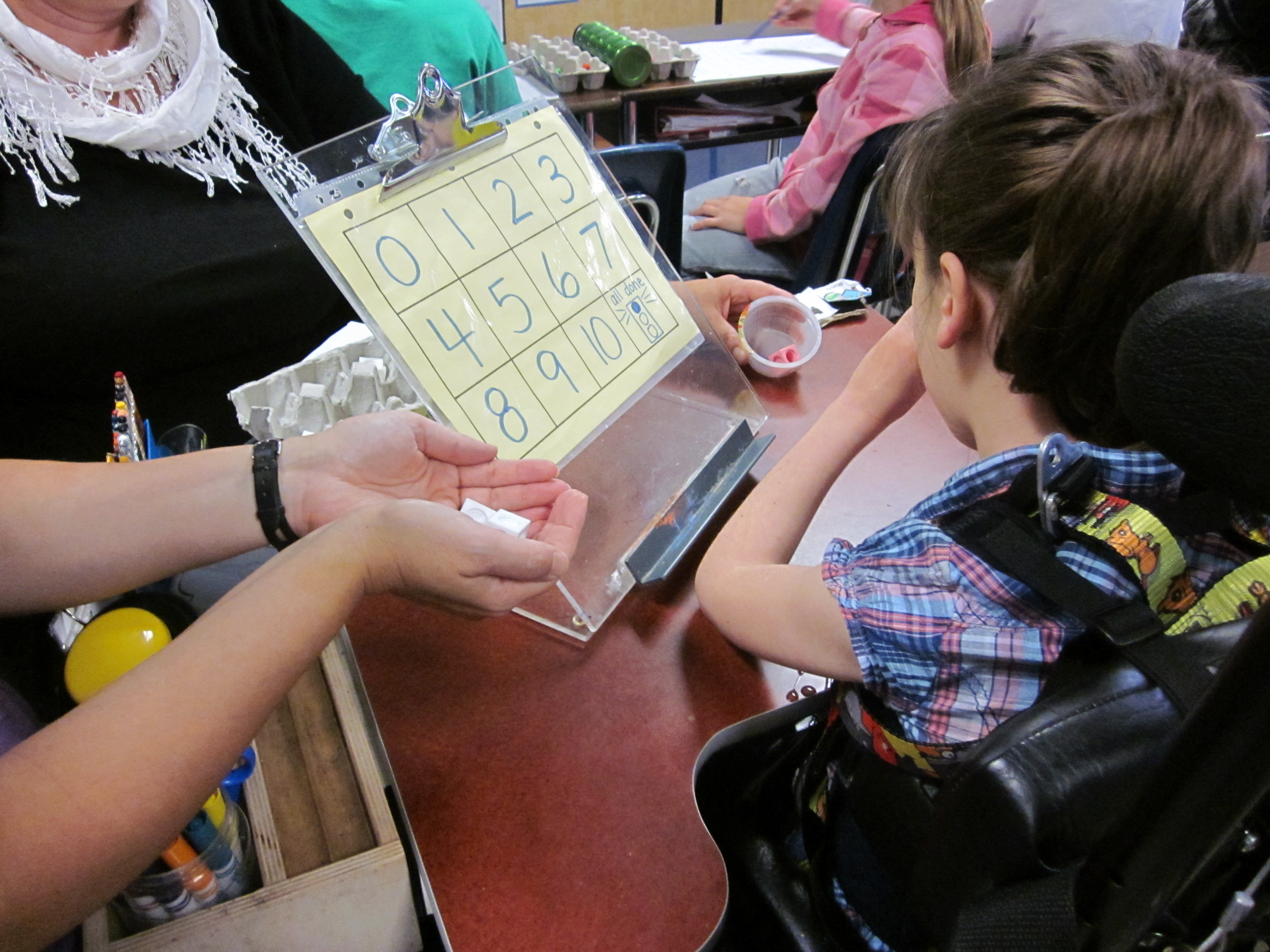Module 6: Medical Complexities
Summary
This module highlighted a number of co-occurring medical conditions that can have a significant impact on the learning experience for a student with complex needs. The following apply regardless of the condition or the impact:
- Knowledge is key—knowing what the condition is, how it impacts the student, and what can be done will help to support the student
- A variety of interventions (medications, therapies, physical support, environmental modification and surgery) can help to reduce the impact
- The importance of explanation—informing classmates about the why and how of medical conditions and interventions will reduce the impact on the classroom as a whole
When planning for a student’s educational success, we must take into consideration their medical conditions and care needs. Supports and adaptations can be put in place to maximize their learning opportunities and limit absences from the classroom.

Key Terms
- Absence seizure
- A subtle type of seizure that looks like staring or blinking.
- Aspiration pneumonia
- A serious infection of the lungs caused by inhalation of food or drink into the lungs.
- Atonic seizure
- A type of seizure where the body goes limp.
- Chronic pain
- Pain lasting more than 6 months.
- Gastroesophageal Reflux Disease (GERD)
- A condition whereby acid from the stomach comes up into the esophagus and mouth.
- Gastrostomy tube (G-Tube)
- A tube placed through the abdomen into the stomach for feeding.
- Generalized seizure
- A type of seizure affecting the whole brain and the level of consciousness.
- Myoclonic seizure
- A type of seizure involving jerky body movements.
- Partial seizure
- A type of seizure involving only a part of the brain. These interfere with attention and alertness without affecting consciousness.
- Suctioning
- Temporarily inserting a tube in the mouth or airway to help clear mucus.
- Tonic seizure
- A type of seizure where the body goes stiff without jerking movements.
- Tonic-clonic seizure
- A mixed type with both stiffening and jerking movements.
- Tracheostomy
- Tube in the neck for breathing to bypass the mouth.
- Ventilator
- A machine that assists breathing.
Key Points
In this module, we have learned about the characteristics of individual disabilities (e.g., vision, hearing, movement) common among students with complex needs. In a later Module, we will explore the complexity that arises when several of these conditions co-occur.
References and Resources
Dudgeon, B. J., Gerrard, B. C., Jensen, M. P., Rhodes, L. A., Tyler, E. J. (2002). Physical disability and the experience of chronic pain. Archives of Physical Medicine and Rehabilitation, 83(2), 229-235. Doi: 10.1053/apmr.2002.28009
John Hopkins Medicine. (2021). Types of Seizures. Retrieved from https://www.hopkinsmedicine.org/health/conditions-and-diseases/epilepsy/types-of-seizures